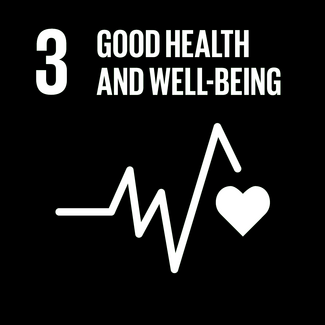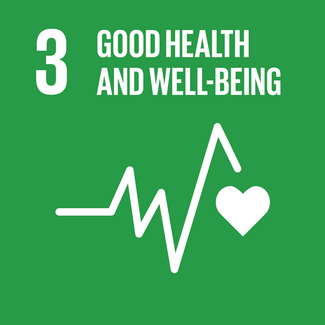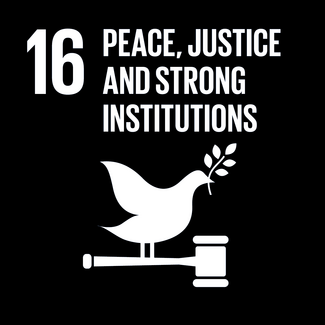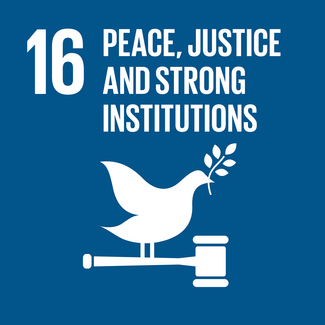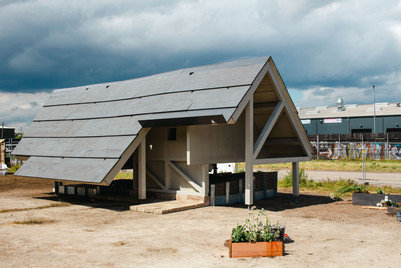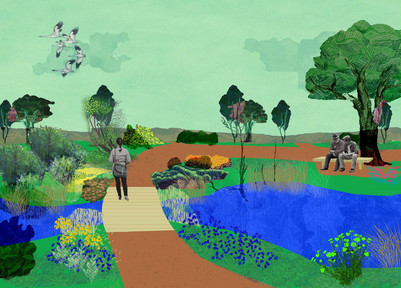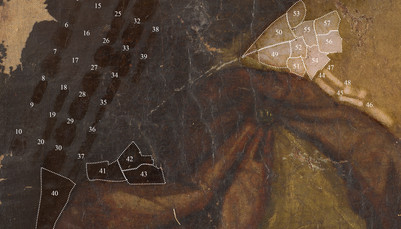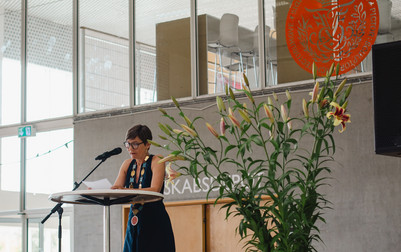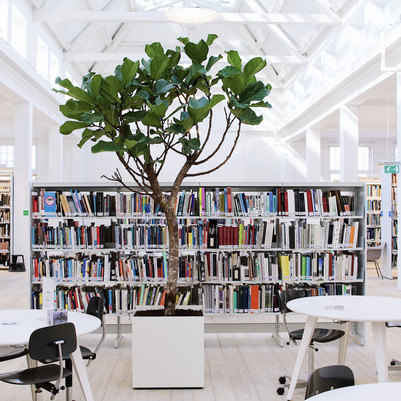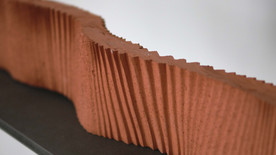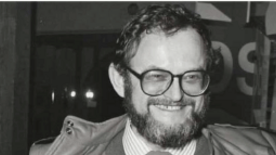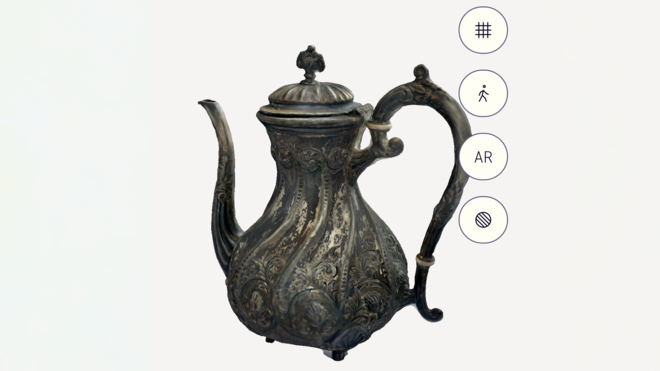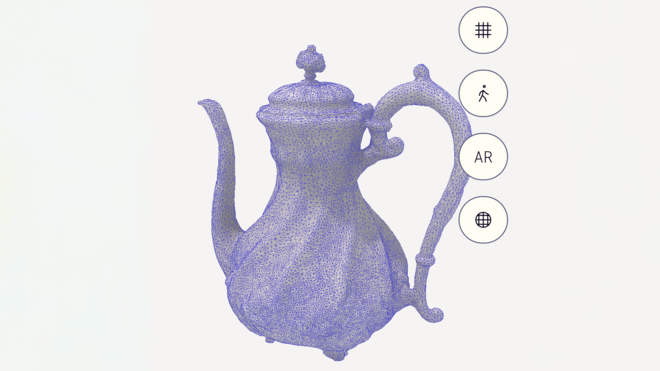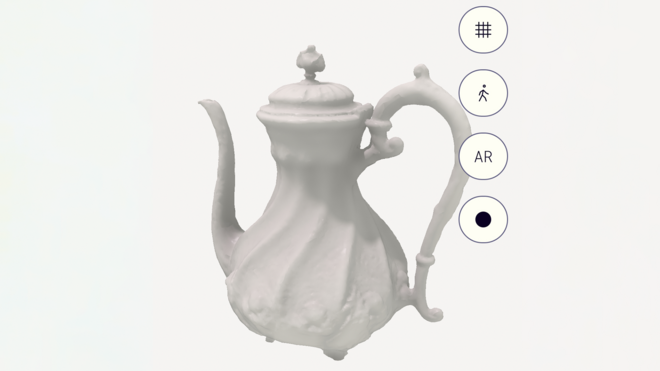
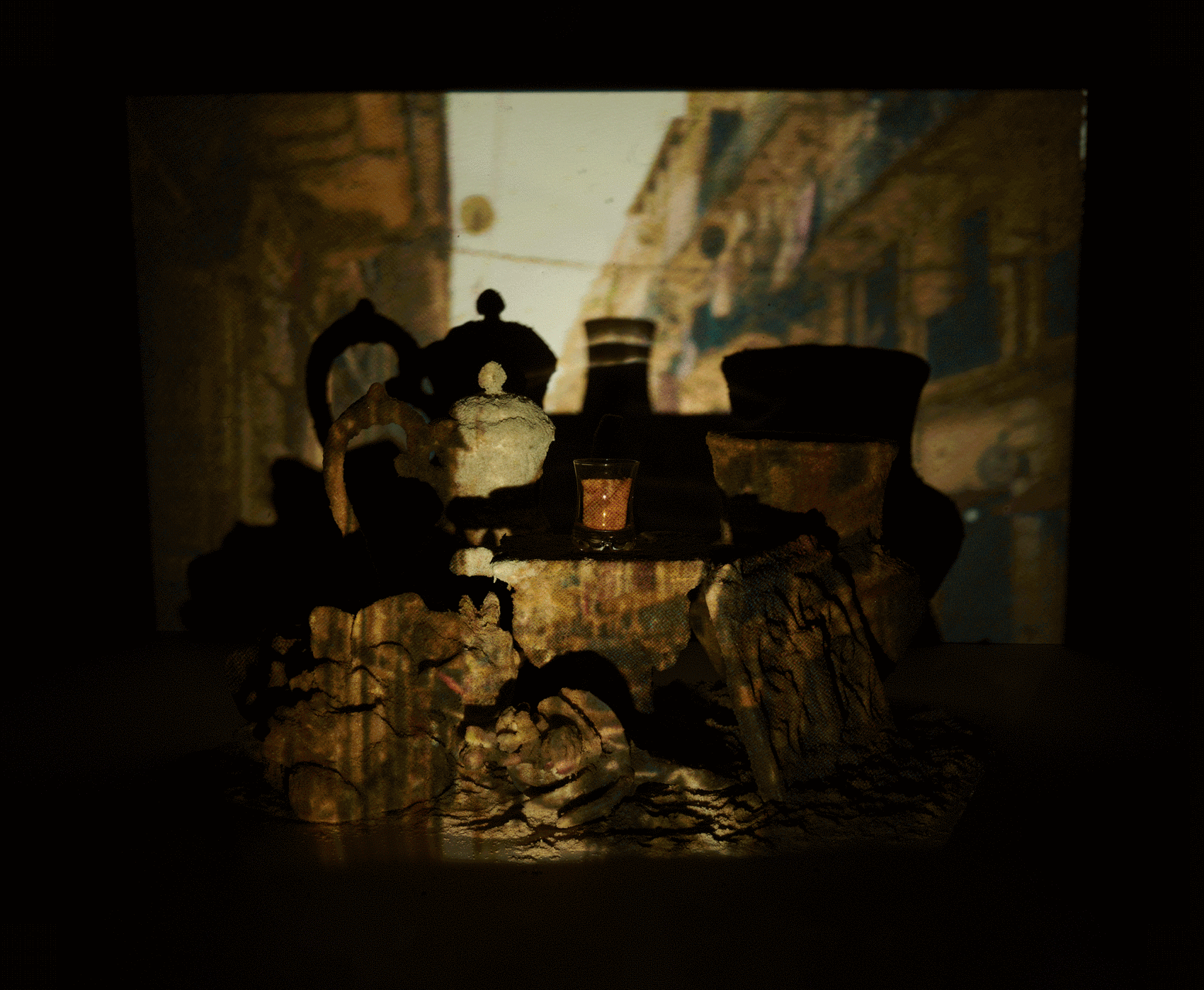
Souvenirs from the rememberer
This project centers around inherited memories of Algeria passed on to me by my late father. Exploring the memories we carry, from generation to generation - From the stories we tell to the objects we collect. Dealing with my own family's background but also reflecting the feeling of displacement and longing that hopefully resonates with other displaced people or descendants of migrants.
Background
My father was Algerian and my mother is Thai, and although I grew up knowing that I had this multicultural background, I always felt more Thai than Thai/Algerian. My Algerian roots were difficult to connect with, as I wasn’t familiar with them. It wasn’t before my teens that I began to question or seek out my father’s background.
He was born in Kouba, Algeria in 1942 under French rule. The years that followed were tumultuous and the Algerian society became increasingly stratified along ethnic and class lines, exacerbating tensions between the indigenous Algerians and the French settlers. In 1962 Algeria finally gained its independence from France. My father was just 20 years old. In 1965 my father migrated to Denmark in search of bigger opportunities. He was 23 years old and starting a new chapter of his life in a foreign country. As the years went by, he spent more time in Denmark than he ever had in his home country, and I only remember hearing him go back once after I was born. I’d always thought that one day I would go there with him; we would explore the country and he would tell me about all the things and smells we encountered. Experience and re-experience things together. However, in 2020 my father ended up passing away and that wish was never fulfilled.
So, throughout this project, I have explored the memories we carry from generation to generation, in the stories we tell and the objects we collect. From the displacement of communities due to war, conflict, and forced migration to the experiences of individuals grappling with cultural alienation in unfamiliar environments, homesickness is a deeply resonant theme, reflecting the universal human longing for connection, rootedness, and belonging.
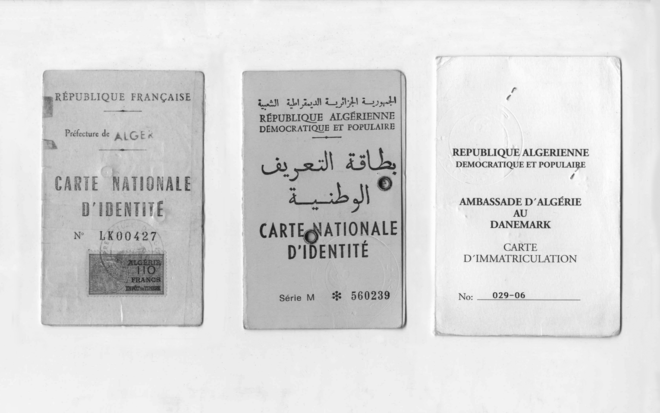
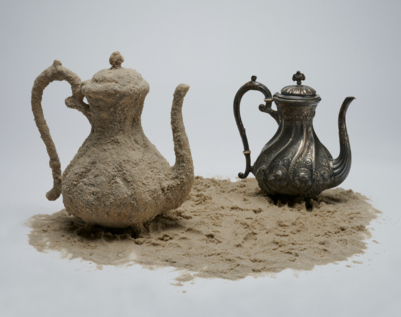
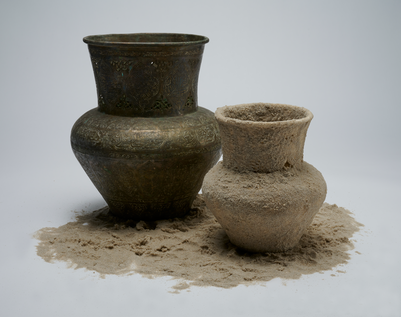
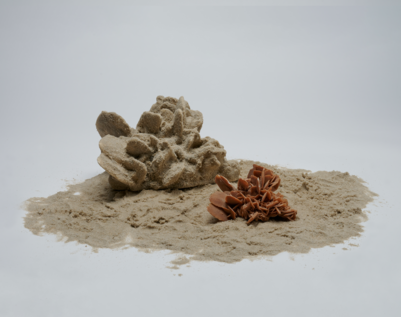
Souvenirs
Over the past few months, I’ve delved into the intricate relationship between artifacts and memory, particularly focusing on the concept of souvenirs.
My final thesis project I’ve chosen to call “Souvenirs from the rememberer”, pulls on the role of being the keeper of memories (the rememberer) and the objects we collect through our lives (the souvenirs). So in this project, I have collected objects and photographs from my father that he had collected and carried with him from Algeria to Denmark, and secondly, objects and photographs I have gathered on my own for my trip to Algeria. To collect these souvenirs, I have been using the Polycam app for 3D scanning. This app allows you to create 3D scans of objects or areas using your phone’s camera.
The similarity of transferring a memory to 3D scanning
When stories and memories are recalled, told, or transferred, the origins of the details will never be accurate representations of the story. We tend to remember certain details more vividly than others, sometimes unconsciously emphasizing or omitting certain aspects. Over time, memories can also become distorted or embellished, leading to inaccuracies in the retelling. Memories can fade over time, particularly if they are not frequently recalled or reinforced. As a result, certain details may become hazy or forgotten altogether, leading to gaps in the narrative.
When 3D scanning objects, some of the same discrepancies can happen between origin and replication. In the process of 3D scanning an object, you will never get the same level of detail as the original. Depending on the object, there will likely be areas of the object that you can’t get to, this data will be lost to the digital replication and create data loss in the form of holes. The 3D scanned object will never gain its original form or the same materiality as its inception.
This correlation to loss of detail/data, between memory retelling and object 3D scanning, is a part of the storytelling of my project; the memories will never be the most vivid form, and there may be gaps or holes but the new form is a part of the memories evolution, and that’s what makes it beautiful.
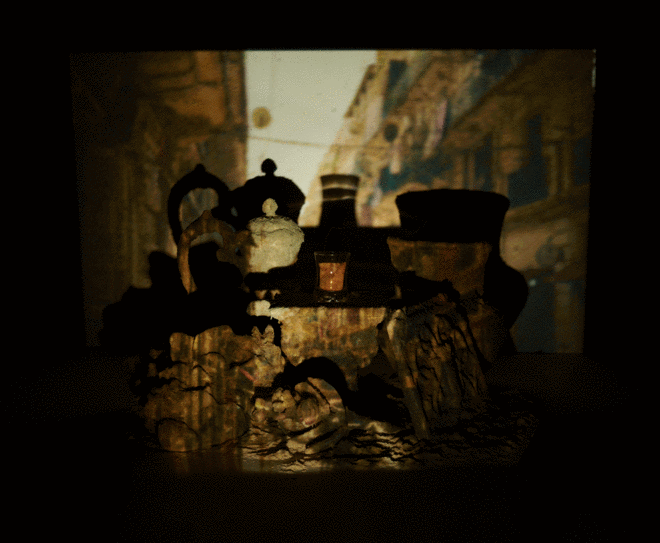
The installation
The installation consists of the souvenirs placed in an arrangement around themselves with sand around and with a small tea glass with the Sahara sand in it.
In front of the souvenirs, there will be projections that will alternately show my father's and my pictures. The fact that the souvenirs are in the middle means that they cast a shadow on the background and create a void or an absence from the memory.
The symbolism of the material
As Algeria was 80% Sahara the choice of using sand in some way felt natural, and the symbolism of using sand also held a strong connection for my project. Memories, like grains of sand, are subject to erosion. They shift and change over time, smoothed over by the currents of experience. They serve as reminders of our interconnectedness with the world around us, grounding us in the present while simultaneously linking us to the past and future. News Stories over the years about how the desert sand had been blown across the world landing in our backyards. This mirrored how my father had been born in Algeria but because of different circumstances, he had been “carried by the wind” and ended up here in Denmark.
This project has been an investigative and a tribute to the lives we live and the memories we share.
Det Kongelige Akademi understøtter FN’s verdensmål
Siden 2017 har Det Kongelige Akademi arbejdet med FN’s verdensmål. Det afspejler sig i forskning, undervisning og afgangsprojekter. Dette projekt har forholdt sig til følgende FN-mål